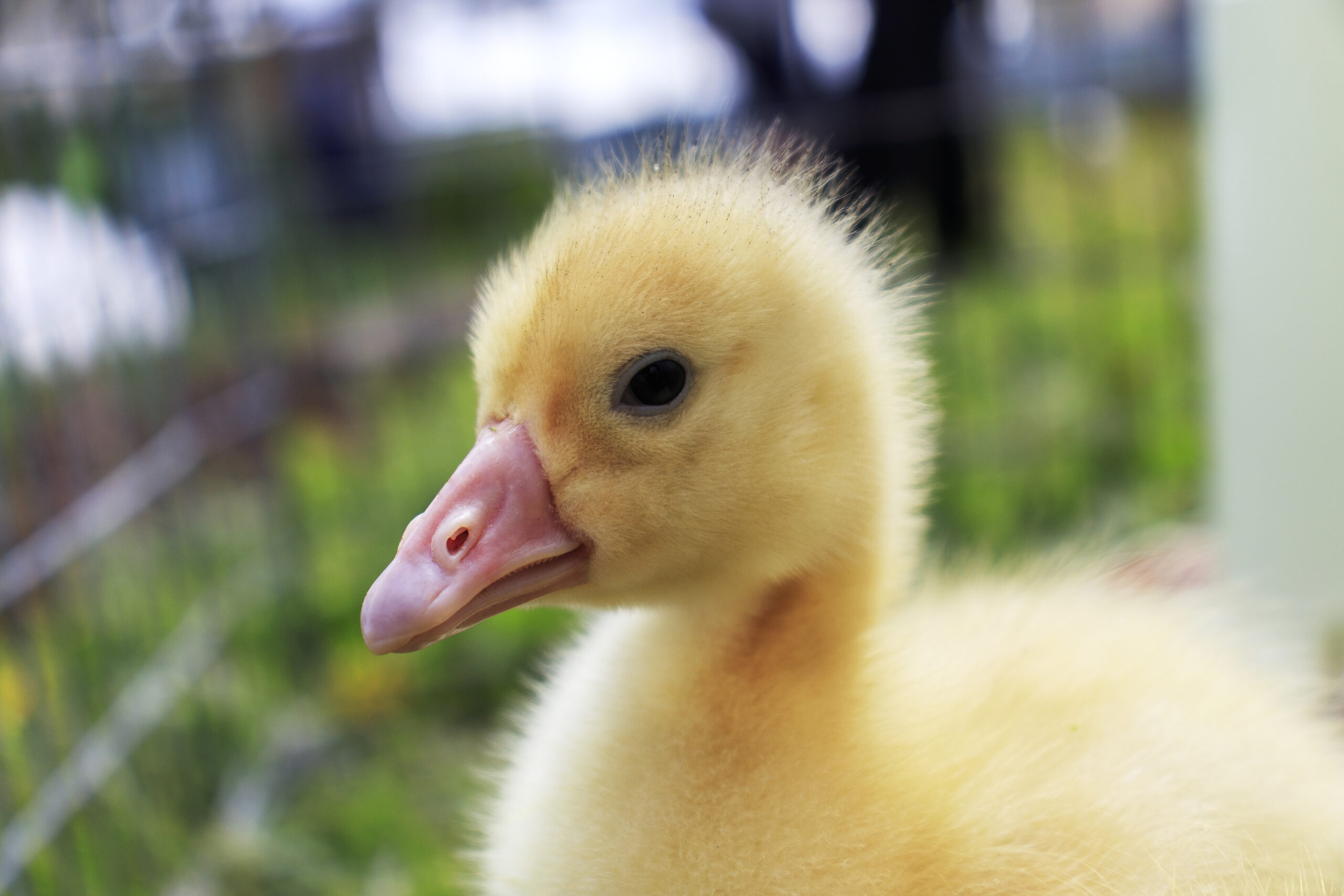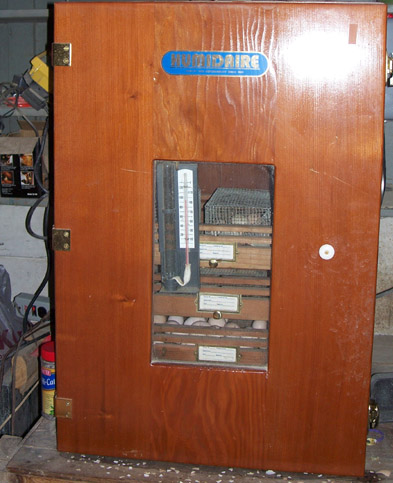This article is about incubator management and how it is key to waterfowl hatching success, and is being republished from Acorn Hollow Bantams website with permission from Lou Horton.
Some breeders never seem to master the art (and it is an art) of incubator management. As a result, they seldom hatch a satisfactory number of youngsters so progress for their breeding program is slow at best. In many cases, little details make the difference between success and failure.

Moisture control and manipulation is critical. The air cell must be about 30% of the egg by day 28 if the eggs are to hatch well. Much less or much more and the results will be disappointing. Likewise, how the eggs are turned is important. They should rest on their sides during incubation and be turned 90 degrees three times daily.There is research which indicates the the amount of carbon dioxide in the incubator also matters. In single setting incubation (all eggs were set at the same time) the research indicates that high carbon dioxide levels early in the incubation period are beneficial, so the air vents should be closed entirely for the first two weeks and then opened gradually to normal positions for the last two weeks. If one sets multiple groups of eggs in sequence in the same machine, as I do, that information is useless because the eggs are in different stages of incubation at any one time. I open my vents about half way and use the proximity of the heat bar in my Humidaire to the water pan to manipulate humidity levels.
I use the timing and ease of hatch of the ducklings to tell me if my settings are right or need to be adjusted. If the first ducklings begin to hatch at about 27 1/2 days and the vast majority are out by the end of day 28, I am usually satisfied with the hatch. I try to maintain hatch levels by paying attention to sanitation: removing dead germs before the gases inside the egg cause them to leak or explode. I clean after each hatch to assure that the hatch debris does not become a breeding ground for bacteria.

Perhaps most important, I do not get into the habit of “helping” ducklings hatch. If ducklings frequently need assistance to hatch, one of two things is wrong: either the incubator is being run improperly or the strain has become so weak (lack of vigor) that they cannot hatch properly on their own. I promise you that if you get into the habit of assisting ducklings (bantam ducklings in particular) out of the shell, they will need your help more and more as the years go on until most will die in their shells at hatch time if not helped. That is not natural and it is not right.
By Lou Horton
